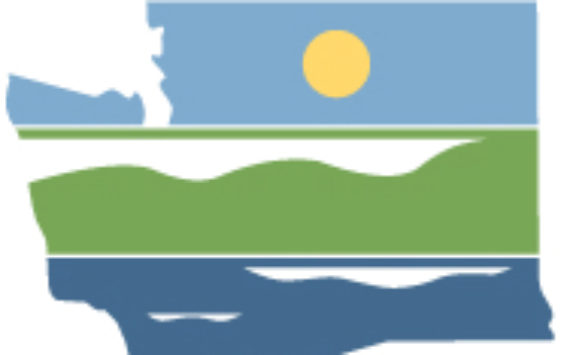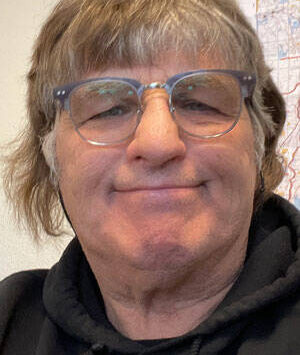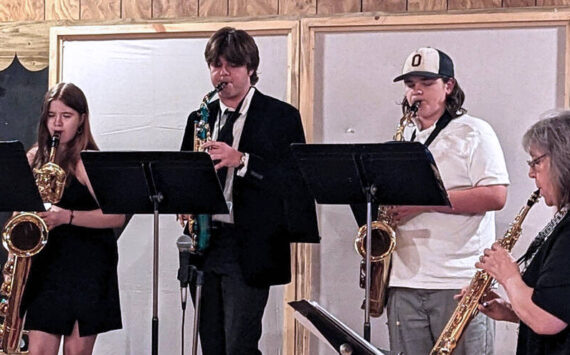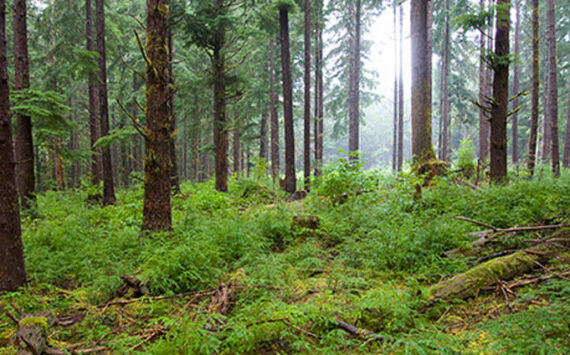

OLYMPIA – During the winter, a weather pattern called an inversion can trap stagnant air and unhealthy wood smoke close to the ground.
If air quality reaches unhealthy levels, an air quality burn ban may be called by your local clean air agency, Ecology, or tribes. Check for an air quality burn ban in your area at ecology.wa.gov/burnbans or waburnbans.net.
Air quality burn bans have two stages:
Stage 1 burn ban
- No use of uncertified wood stoves or fireplaces is allowed.
- No outdoor burning, agricultural, or forest burning is allowed.
Stage 2 burn ban
- No burning indoors or outdoors is allowed.
Air quality burn bans do not apply if wood is your only source of heat.
Read more on our ECOconnect blog.





